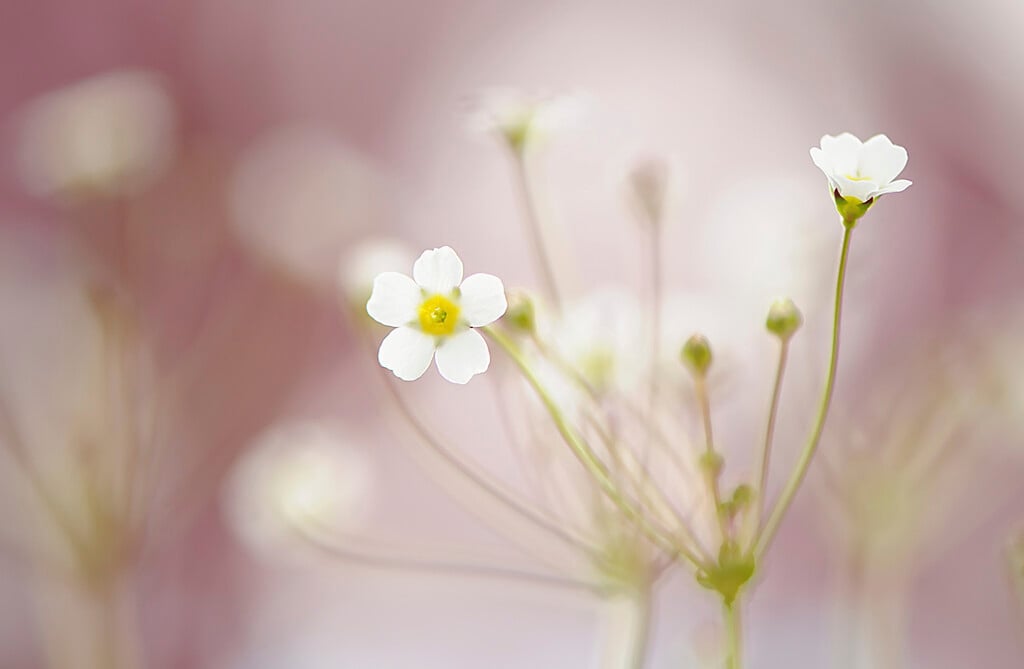Androsace septentrionalis 'Stardust'
An evergreen perennial forming tufts of lance-shaped, mid-green leaves to 6cm long. From late spring to early summer it produces open umbels of yellow-eyed, white flowers held on stems to 25cm. A short-lived plant but it self-seeds freely

Buy this plant
Size
Ultimate height
0.1–0.5 metresTime to ultimate height
2–5 yearsUltimate spread
0–0.1 metreGrowing conditions
Moisture
Moist but well–drainedpH
Acid, Alkaline, NeutralColour & scent
| Stem | Flower | Foliage | Fruit | |
| Spring | White | Green | ||
|---|---|---|---|---|
| Summer | White | Green | ||
| Autumn | Green | |||
| Winter | Green |
Position
- Full sun
Aspect
East–facing or South–facing or West–facing
Exposure
Sheltered Hardiness
H5Botanical details
- Family
- Primulaceae
- Native to GB / Ireland
- No
- Foliage
- Evergreen
- Habit
- Tufted
- Genus
Androsace can be annuals, biennials or evergreen perennials forming mats or compact cushions, with salver-shaped flowers which may be solitary or in umbels
- Name status
Accepted
How to grow
Cultivation
Grow in a scree bed, vertical crevices in rock work, or moist but gritty, well-drained soil in a trough in full sun
Propagation
Propagate by seed, or root single rosettes as cuttings in early summer
Suggested planting locations and garden types
- Cottage and informal garden
- Patio and container plants
- Rock garden
- Low Maintenance
- Flower borders and beds
Pruning
No pruning required
Pests
May be susceptible to aphids
Diseases
Generally disease-free
Love gardening
Sign up to receive regular gardening tips, inspiration, offers and more
View our Privacy Policy
Get involved
The Royal Horticultural Society is the UK’s leading gardening charity. We aim to enrich everyone’s life through plants, and make the UK a greener and more beautiful place.